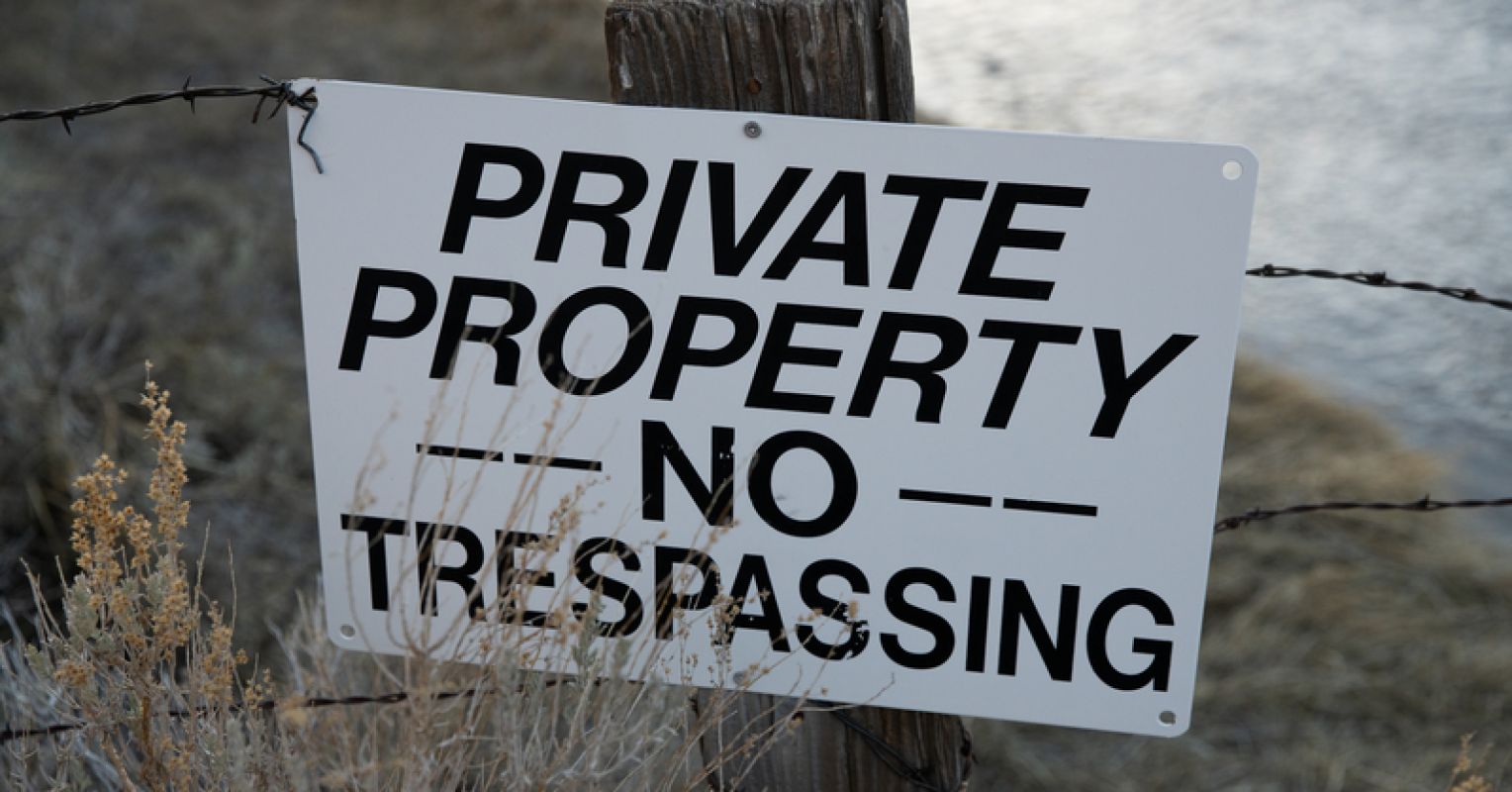
You’ve likely heard the phrases “Set your boundaries” or “Be intentional” a thousand times, right? But have you ever thought about using those two power phrases together as a way to become emotionally unoffendable—especially in these days of social, political, and cultural negativity?
That’s right—being offended isn’t just something that happens to you. It’s something you can purposely block, redirect, or bounce off you when you build and rehearse the right mental boundaries ahead of time.
Think of these boundaries like invisible protective fences for your peace of mind. Without them, offense can march right in, hijack your emotions, and mess up your entire day. But with a few smart and intentional guardrails, you don’t just avoid conflict—you stay calm, in control, and even a little smug in your newfound unshakeable poise and calm.
In this post (the sixth in this Unoffendable Mindset-Reset series; see the reference list for links to the first five posts), I’ll walk you through five vivid mental boundaries you can set in motion right now. Each one includes a “Self-Protection Image” (to visualize it), a “Boundary Reset” (to center yourself), and a “Comeback Flip” (to calmly push back if needed to clearly and decisively send your boundary message).
Here’s how to build your offense-proof safety network:
Boundary 1: Set Up the Electric Zap Fence—Shock the Offense Fast Before It Shocks You
- Self-Protection Image: On a ranch, predators can put the herd at risk—but if they cross the electric line, they get zapped and back off fast.
- Boundary Reset: “I don’t have to explain or defend myself to people who just want to bring pain.”
- Comeback Flip: “Let’s pause right here, shall we? That tone and attitude doesn’t work with me. Care to start over?”
Boundary 2: The Dimmer Switch—Not Every Moment Deserves Full Power
- Self-Protection Image: A dimmer controls intensity. You wouldn’t turn on floodlights to read a bedtime story. You control the intensity or the volume; your choice.
- Boundary Reset: “I decide how much energy I give to this jab, and right now, it gets very little…not worth my time.”
- Comeback Flip: “I’m not turning this into a thing—it’s just not worth that kind of light. But, hey, hope you have a great day anyway!”
Boundary 3: The “No Trespassing” Sign—Your Time, Energy, and Emotions Are Not Public Property Any More
- Self-Protection Image: An in-your-face, bold sign at the edge of the private property means “keep out unless invited.”
- Boundary Reset: “I don’t owe access into my head to people who repeatedly try to steal my peace and ruin my day. No more!”
- Comeback Flip: “Sorry—not available for that kind of drama anymore—but you take care now!”
Boundary 4: Use The Noise-Canceling Headphones—Mute all the Static and Racket, Tune Into Only What Really Matters
- Self-Protection Image: Like noise-canceling headphones block airport chaos or screen out family fights, you can mentally mute the drama when you choose to put them on.
- Boundary Reset: “I get to choose what gets loud and what gets silenced in my head—my choice now!”
- Comeback Flip: “I’m choosing not to amplify that comment, thank you—I’m tuned into something way better! Bye-bye now.”
Boundary 5: The Airport Security Line—Scan Everything Before You Let It Take Root Inside Your Head
- Self-Protection Image: At the airport TSA, they don’t let knives or explosives through just because someone says they’re “just souvenirs.” Your turn to do the screening!
- Boundary Reset: “Before I react to this, I’m gonna scan it for truth, intent, and emotional danger before I let it in.”
- Comeback Flip: “Before I take that personally, I need to check if it even belongs to me, or not. I’ll get back to you and let you know if I let it in, or not. Have an awesome day now!”
Why Intentional Boundaries Make You Feel Emotionally Stronger
As psychologist Henry Cloud, author of the popular Boundaries, once put it: “You get what you tolerate.” If you tolerate mental trespassers, they’ll keep walking in with muddy shoes. But when you install clear boundaries, you retrain both yourself and them.
Research also supports this. Dana Gionta, a psychologist and boundaries researcher, explains: “Boundaries are a crucial component of self-care. They help us maintain balance and avoid burnout.”
And when it comes to being what we call “strategically unoffendable,” burnout isn’t just about doing way too much—it’s about allowing yourself to feel too much from people who haven’t earned that right of access—and you’re the one that determines that (now that you know how to do it).
Being Unoffendable Is an Intentional Lifestyle, Not a Lucky Personality Trait That Some People Have
You don’t wake up immune to offense. You build that immunity.
One intentional mental boundary line at a time.
So next time someone’s words come at you sideways, picture one of these images. Are they trying to sneak in through baggage? Blast noise? Trespass on your time?
Then choose a “Boundary Reset” to stay centered, and a “Comeback Flip” if they need to know “Sorry, it’s not workin’ anymore!” and that you’re not rattled like you used to be.
You’re no longer passive.
You’re now protected.
You’re unoffendable—by design… yours.
Actionable Takeaways—In a Nutshell
Review and rehearse all five boundaries throughout the week. Pick one each day, and each morning review the list of five, too. Repetition locks it in—until your boundaries run on instinct and become almost like a reflex.
Example: On day 5, repeat and rehearse days 1 through 4, and then add today’s.
Keep in mind that these are not quick, one-time fixes. You want to get to the place where a mean or nasty zinger, jab, or snarky insult triggers your intentional boundary comeback opportunity. Much like the song lyric that says, “What doesn’t kill you makes you stronger, stand a little taller.”
That’s what setting your own strategic, intentional boundaries is all about.
